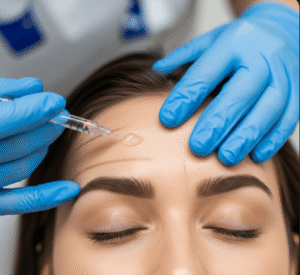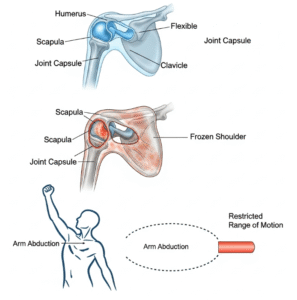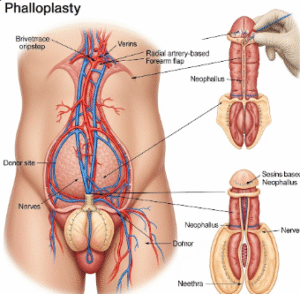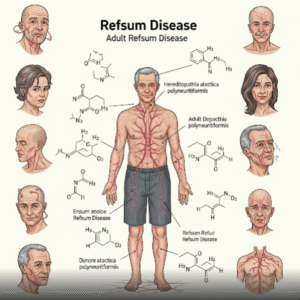Overview
Gynecomastia is the benign enlargement of male breast tissue caused by an imbalance between estrogen and testosterone. It can occur at any age, from newborns to older men, and may affect one or both breasts. In Korea, advanced diagnostic and treatment options are available in endocrinology and plastic surgery clinics, providing both medical management and cosmetic correction for patients experiencing physical discomfort or psychological distress.
Symptoms
- Enlargement of one or both breasts
- Firm or rubbery tissue beneath the nipple
- Tenderness or sensitivity in the breast area
- Swelling or asymmetry of the chest
- Psychological distress or self-consciousness in severe cases
Causes
Gynecomastia occurs when estrogen activity outweighs androgen activity in males. Common causes include:
- Hormonal changes during puberty or aging
- Medications such as anti-androgens, anabolic steroids, or certain antidepressants
- Chronic illnesses (liver disease, kidney failure, hyperthyroidism)
- Obesity, leading to increased estrogen production from adipose tissue
- Tumors that affect hormone levels (testicular, adrenal, or pituitary tumors)
- Idiopathic causes (no identifiable reason)
Risk Factors
- Pubertal age (10–16 years)
- Older men (50+ years) due to natural testosterone decline
- Obesity
- Use of certain medications or anabolic steroids
- Chronic liver, kidney, or thyroid diseases
- Family history of gynecomastia
Diagnosis
In Korea, gynecomastia is diagnosed using:
- Physical examination to distinguish true glandular enlargement from fat deposition
- Blood tests to assess hormone levels (testosterone, estrogen, LH, FSH, prolactin)
- Imaging tests: Ultrasound or mammography to rule out breast tumors
- Medical history review to identify medications or underlying conditions
Prevention
- Maintaining a healthy weight
- Avoiding anabolic steroids or drugs that affect hormones
- Regular monitoring of hormone levels in high-risk individuals
- Early evaluation of liver, kidney, or endocrine disorders
Treatment Options in Korea
Treatment depends on the underlying cause, severity, and duration of gynecomastia. Korean hospitals provide both medical and surgical solutions:
- Medical Management
- Hormone therapy if caused by hormonal imbalance
- Adjustment or discontinuation of medications contributing to gynecomastia
- Observation for mild or pubertal cases, as spontaneous resolution is common
- Surgical Treatment
- Liposuction to remove excess fatty tissue
- Excision surgery to remove glandular tissue
- Combination procedures for optimal cosmetic results
- Performed in advanced plastic surgery centers such as Samsung Medical Center, Asan Medical Center, and Severance Hospital
- Psychological Support
- Counseling for body image concerns
- Support groups for adolescent or adult patients
Prognosis
Gynecomastia is generally not life-threatening and can often resolve on its own, particularly in pubertal cases. For persistent or severe cases, medical or surgical treatment provides excellent outcomes. In Korea, access to advanced diagnostic and surgical techniques ensures both physical improvement and psychological well-being for affected individuals.













